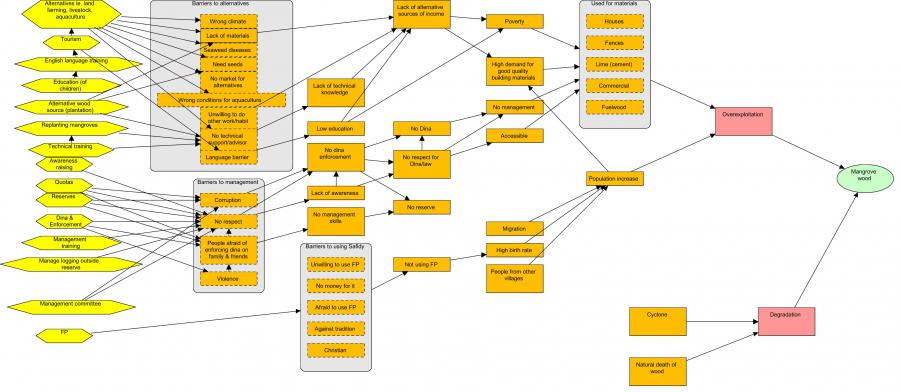Education, awareness, and traditional knowledge documentation
Local Community children's education
Karim Omar
Local Community children's awarness
Karim Omar
Training Stakeholders
Karim Omar
Training Stakeholders 2
Karim Omar
Education for children's
Karim Omar
Over the past 10 years, we have focused on assessing the conservation status of endemic species and their rehabilitation in the wild. We have made a great effort to preserve it and plan for its sustainability. The most important thing that my team and I reached is that the surrounding community, users of resources, researchers, and decision-makers, whether in the site or in the government away from the place, the private sector, and students even the public can destroy everything we built during the previous years as a result of their ignorance of what we work and its importance to us and them. Dissemination of information is an external protection shield to ensure the sustainability of activities on the site. Continuous training and awareness activities should be in the target area and throughout the country in order to avoid destruction due to ignorance. Also, not documenting the traditional knowledge inherited by the local community is extremely dangerous and its loss is a waste of wealth that will cost the state and the world huge sums to discover again.
Education, awareness, and documentation, could reduce the current and future pressures and reduce the impact and the cost of recovery.
The most important factor for the success of training and awareness programs is the appropriate choice of the recipient, who preferably has contact, whether from close or from afar, with the natural resource.
Involving the community in planning and implementing conservation programs and agreeing on the sustainability and conservation of the natural resource consolidates the principle of partnership and trust and facilitates the process of documenting their knowledge.
Share with the community all your next steps and challenges and hear from them their opinions and suggestions, even if they are simple from your point of view.
Teach children in the region to understand the next generation.
Follow-up and engagement of trainees after training and awareness is very useful and works to establish and implant information within them.
Educate stakeholders about the importance of your role for their future and share the decision with them.
